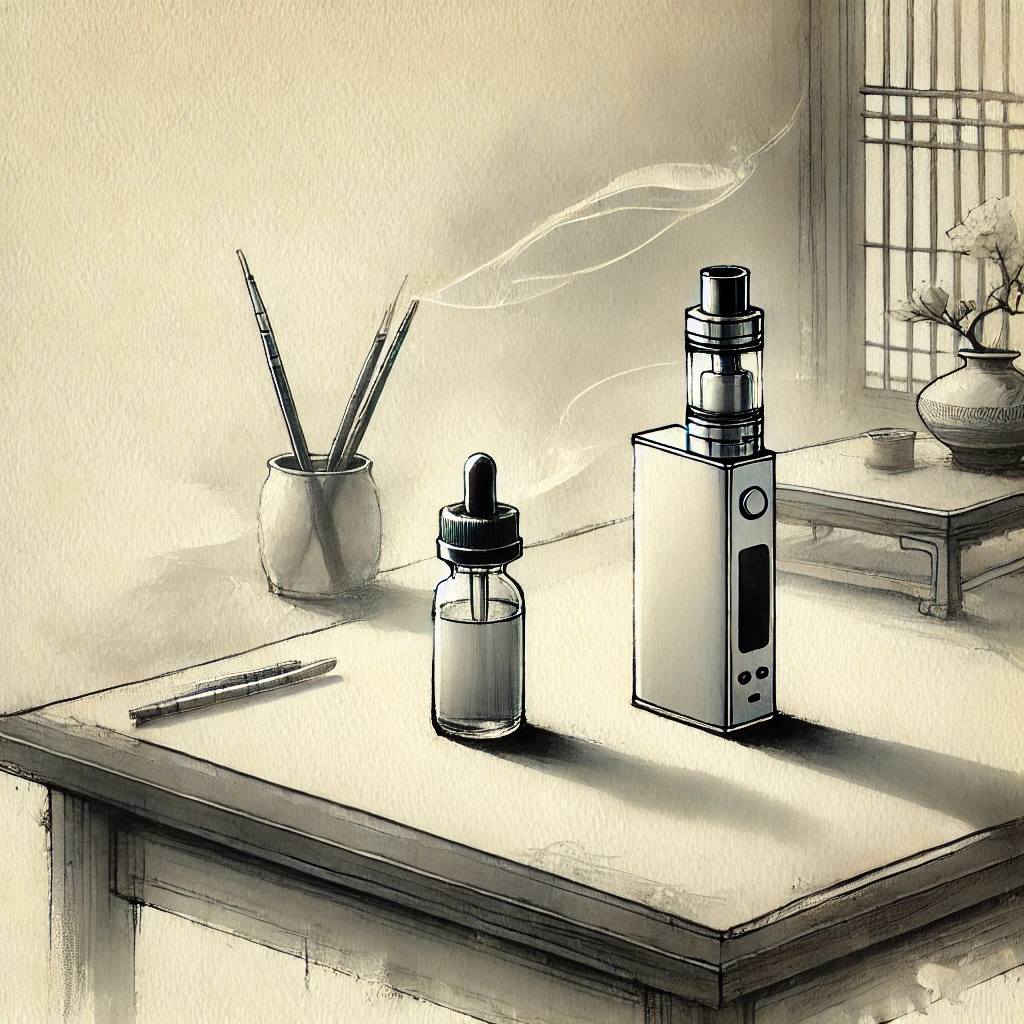Principles of E-Liquid Bottle Design
With the global rise in the popularity of vapes, e-liquid has become an indispensable core component. As the primary container and tool for handling e-liquid, the design of e-liquid bottles is critically important. A well-designed bottle can not only improve the user experience but also ensure safety, particularly when nicotine is involved. The following principles outline key considerations for e-liquid bottle design from the perspectives of functionality, safety, and compliance.

1. Functional Design: Precision Tips for Convenient Filling
The structure of vape atomizers is often intricate, with small inlets for e-liquid. Therefore, precision tip designs, such as narrow spouts or needle tips, are crucial.
- Accurate Filling: Precision tip designs allow e-liquid to be easily and cleanly injected into atomizers, preventing waste and spills. This is especially important for small or closed-system atomizers, enabling precise and tidy operation.
- Minimized Waste: The shape of the tip ensures that every drop of e-liquid is utilized, reducing waste—particularly valuable for premium e-liquids.
- Compatibility with Various Devices: A standardized precision tip design can accommodate the wide range of vape devices available, enhancing usability across different systems.
2. Flexible Materials: Soft Bottle Design for Easy Squeezing
Since e-liquid is typically dispensed by squeezing the bottle, the softness and elasticity of the bottle material are key design considerations.
- Controlled Flow: A soft bottle allows users to easily regulate the amount of e-liquid dispensed, preventing overfilling that could impair atomizer performance or cause leaks.
- Adaptable to Different Strengths: High elasticity ensures the bottle can withstand varied squeezing pressures without cracking or deforming, making it suitable for users with differing hand strengths.
- Eco-Friendly and Durable: Using eco-friendly, flexible, and durable materials improves user experience and reduces plastic waste, supporting sustainability goals.
3. Childproof Caps: Preventing Accidental Ingestion
E-liquid often contains nicotine, which is toxic to children. To prevent accidental ingestion, childproof cap designs are an essential safety feature.
- Dual Protection Mechanisms: Childproof caps typically require simultaneous pressing and twisting to open, making them difficult for children to access and significantly reducing ingestion risks.
- Compliance with International Standards: The design should adhere to safety regulations, such as certification from the U.S. Consumer Product Safety Commission (CPSC) or the European Union's Tobacco Products Directive (TPD).
- Reassurance for Parents: Childproof caps provide peace of mind for families with children and reflect the brand’s commitment to social responsibility.
4. Prohibition of Beverage-Like Packaging: Preventing Misleading Appearances
The packaging design of e-liquid bottles must not resemble beverages or food to avoid children mistaking them for consumables.
- Avoiding Attractive Designs: Shapes, colors, and labels should not be overly appealing to children and must avoid resembling juice, soda, or other food-related styles.
- Clear Distinction from Edible Products: Simple designs and prominent labels should emphasize that the bottle contains a non-edible product.
- Regulatory Compliance: Many countries have strict regulations regarding e-liquid packaging appearance. Designers must comply with these standards to avoid misleading consumers.
5. Clear Nicotine Content Labeling: Transparent Disclosure of Concentration
Nicotine is an addictive substance, and excessive consumption can harm health. Thus, clear and prominent nicotine content labeling is essential.
- Conspicuous Placement: Nicotine concentration labels should be prominently placed, such as at the top of the front label, for easy recognition by users.
- Standardized Units: Use consistent units (e.g., mg/ml) to display nicotine concentration, reducing confusion caused by varying standards.
- Warning Statements: In addition to nicotine content, bottles should include warnings such as “Contains Nicotine. Harmful to Health” to raise user awareness.
- Preventing Overuse: Clear concentration labeling helps users, especially beginners, control their nicotine intake, allowing them to start with lower concentrations and adjust over time.
Conclusion
The design of e-liquid bottles affects not only the convenience of vaping but also the safety of users and their families. Precision tips improve filling accuracy, soft bottle materials enhance usability, childproof caps and non-food packaging designs prevent accidental ingestion, and clear nicotine labeling provides essential safety information. Together, these principles form the foundation of e-liquid bottle design.
In the future, as the vape industry continues to become more regulated and consumer safety awareness grows, e-liquid bottle design will place greater emphasis on functionality, safety, and sustainability. Designers and manufacturers must stay aligned with industry trends and prioritize consumer needs to provide practical and safe products that enhance the vaping experience while ensuring public safety.



 Prev:Is Original E-Liquid Always the Best Choice?
Prev:Is Original E-Liquid Always the Best Choice? Next:Are Vape Trade Shows Still Effective?
Next:Are Vape Trade Shows Still Effective?


